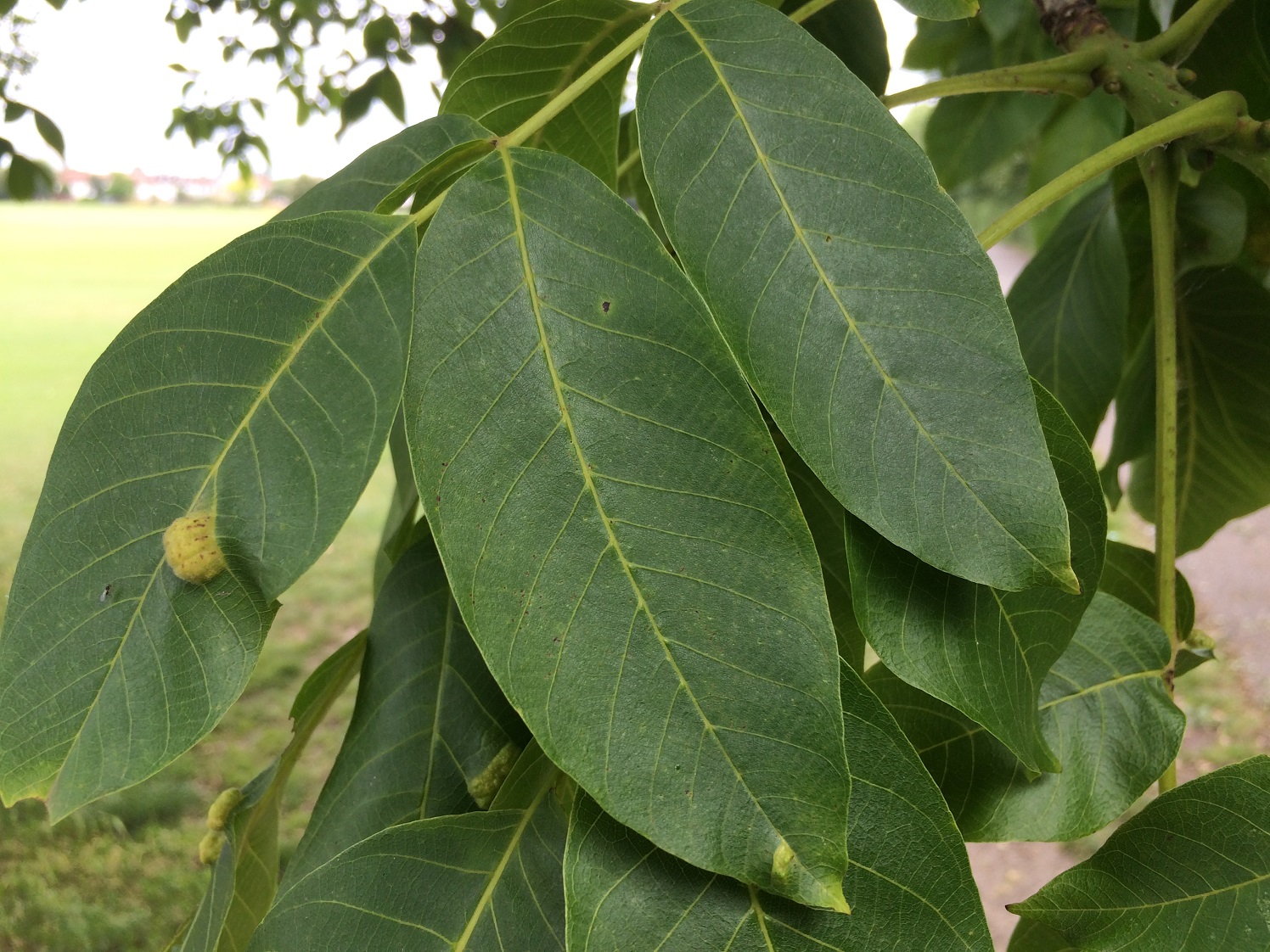
Walnut
To assessment the effects of Juglans regia L. leaf extract on wound healing at molecular levels, we determinate the amount of transcripts for TGF-β and VEGF genes (involved in regeneration and angiogenesis, respectively) as well as TNF-α and IL-1β genes (involved in inflammation) on day 7 (Fig. 4 A).
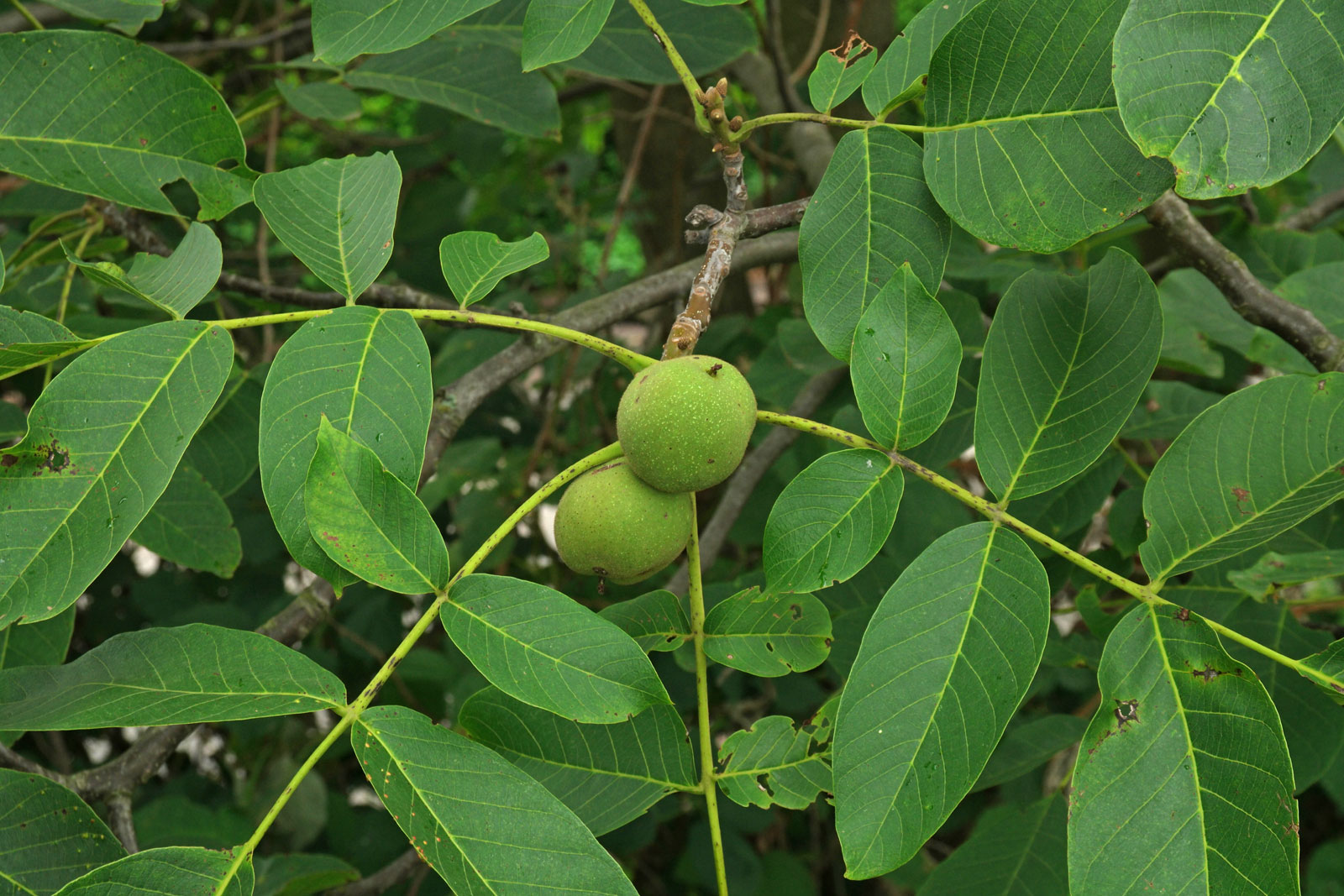
Juglans regia
The large, oddly-named English walnut tree (Juglans regia), which is actually native to central Asia, is a beautiful and useful tree for its aesthetics, shady canopy, and food-growing abilities alike.The English walnut is incredibly low maintenance, just avoid hot weather and humid climates and aim for full sun. Read on for our full care and growing guide.

Juglans regia (Juglandaceae) image 5678 at PhytoImages.siu.edu
With the scientific name of Juglans regia, walnut plant is a medicinal plant with different properties that is considered less, despite having great therapeutic potential in the traditional medicine.
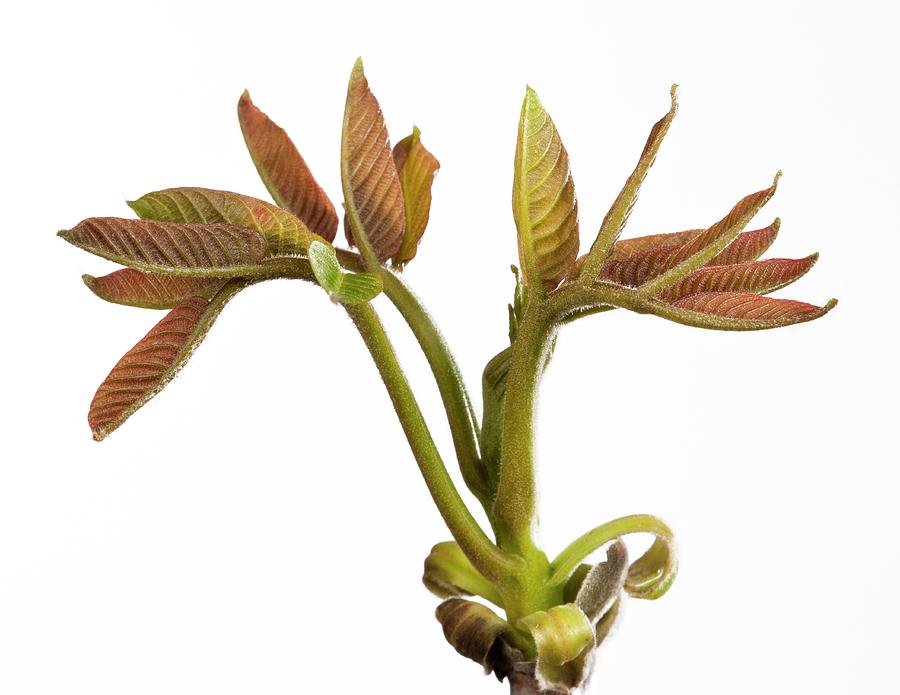
Juglans Regia Leaf Bud Opening Photograph by Pascal Goetgheluck/science Photo Library
Julian Sutton (2019) Recommended citationSutton, J. (2019), 'Juglans regia'from the website Trees and Shrubs Online(treesandshrubsonline.org/articles/juglans/juglans-regia/). Accessed 2024-01-03. Genus Juglans Common Names Walnut Common Walnut Persian Walnut English Walnut hu tao Species Links Infraspecifics 'Ames' 'Broadview' 'Buccaneer'

English walnut (Juglans regia)
The north California walnut, also called Hind's black walnut, is a tall and wide tree, reaching up to 60 feet tall. The trunk on mature trees can be 5 to 6 feet in diameter at the base. The leaves are about 1 foot long, with 13 to 21 leaflets with dentate (coarsely toothed) margins.

Walnut Leaf Juglans regia stock image. Image of naturally 125154473
These studies documented that the administration of Juglans regia L. leaf extract has significantly reduced fast blood sugar (FBS) and HbA1c compared to control groups. 15-18 Moreover, results of two clinical trial studies have shown that FBG and HbA1c significantly decreased after the consumption of 100 mg Juglans regia L. leaf extract for 3.

Common walnut (Juglans regia) leaves close up June 2017 YouTube
Walnuts Inside of a walnut in growth Three-segment walnut Walnut shell inside its green husk Artistic depiction of two walnuts (Adriaen Coorte, 1702). A walnut is the edible seed of any tree of the genus Juglans (family Juglandaceae), particularly the Persian or English walnut, Juglans regia.They are accessory fruit because the outer covering of the fruit is technically an involucre and thus.
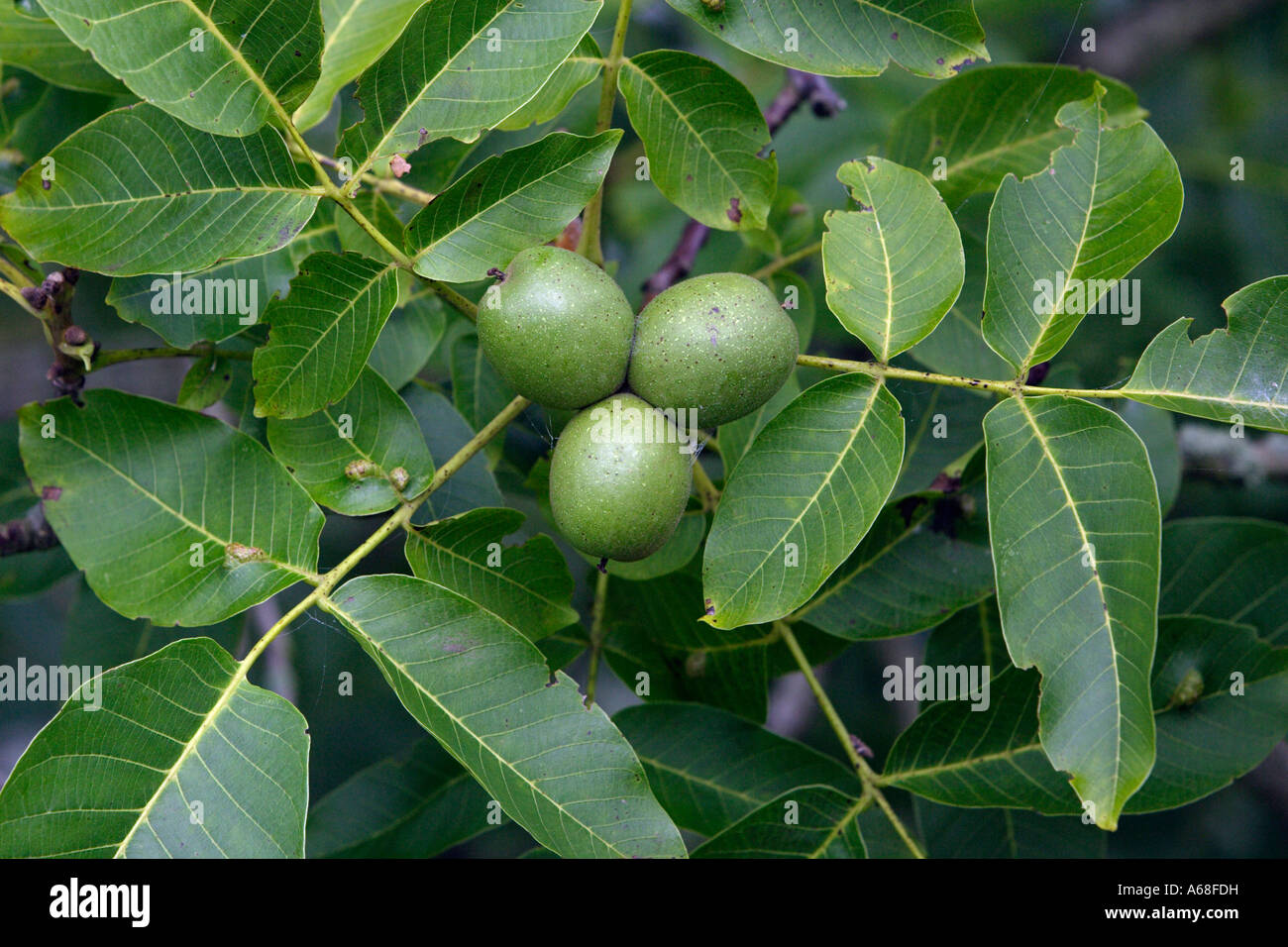
Common Walnut, English Walnut, Persian Walnut (Juglans regia) showing leaves and ripening nuts
Juglans regia is planted widely in China because of its significant economic value as a woody oil species. In August 2019, leaf spots were discovered in a walnut orchard in Tang County, Baoding City, Hebei Province.

El nogal (Juglans regia), leaf disparar y amentos masculinos, Alemania Fotografía de stock Alamy
Flower: Insignificant Leaf: Fragrant Fruit: Showy, Edible Tolerate: Drought Garden locations Culture Prefers moist, organically rich, well-drained soils in full sun. Intolerant of shade. Difficult to transplant because of deep taproot.
Plant Gallery Encyklopedia Roślin Juglans regia Orzech włoski
English walnut ( Juglans regia ), belonging to the family Juglandaceae, is a nut tree species whose seeds have high nutritional and economic value and are widely distributed globally 1. The J..
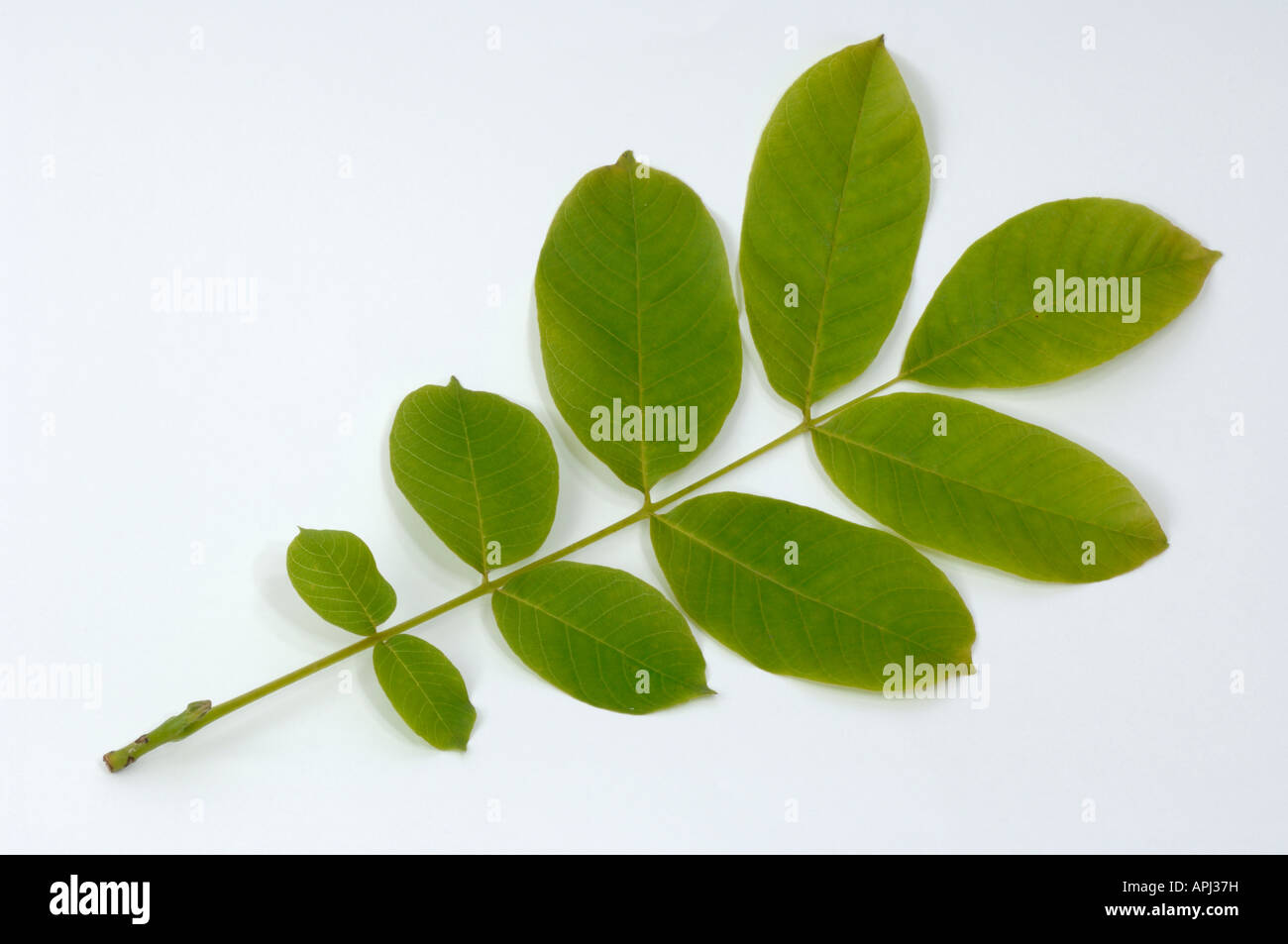
Common Walnut, English Walnut, Persian Walnut (Juglans regia), leaf, studio picture Stock Photo
Juglans Regia is a large tree with a broad, spreading crown that can reach up to 30 meters in height. It has a straight, sturdy trunk with a thick bark that is grayish-brown and deeply fissured.The leaves of Juglans Regia are compound, with 5-9 leaflets that are lance-shaped, serrated, and up to 30 cm long.
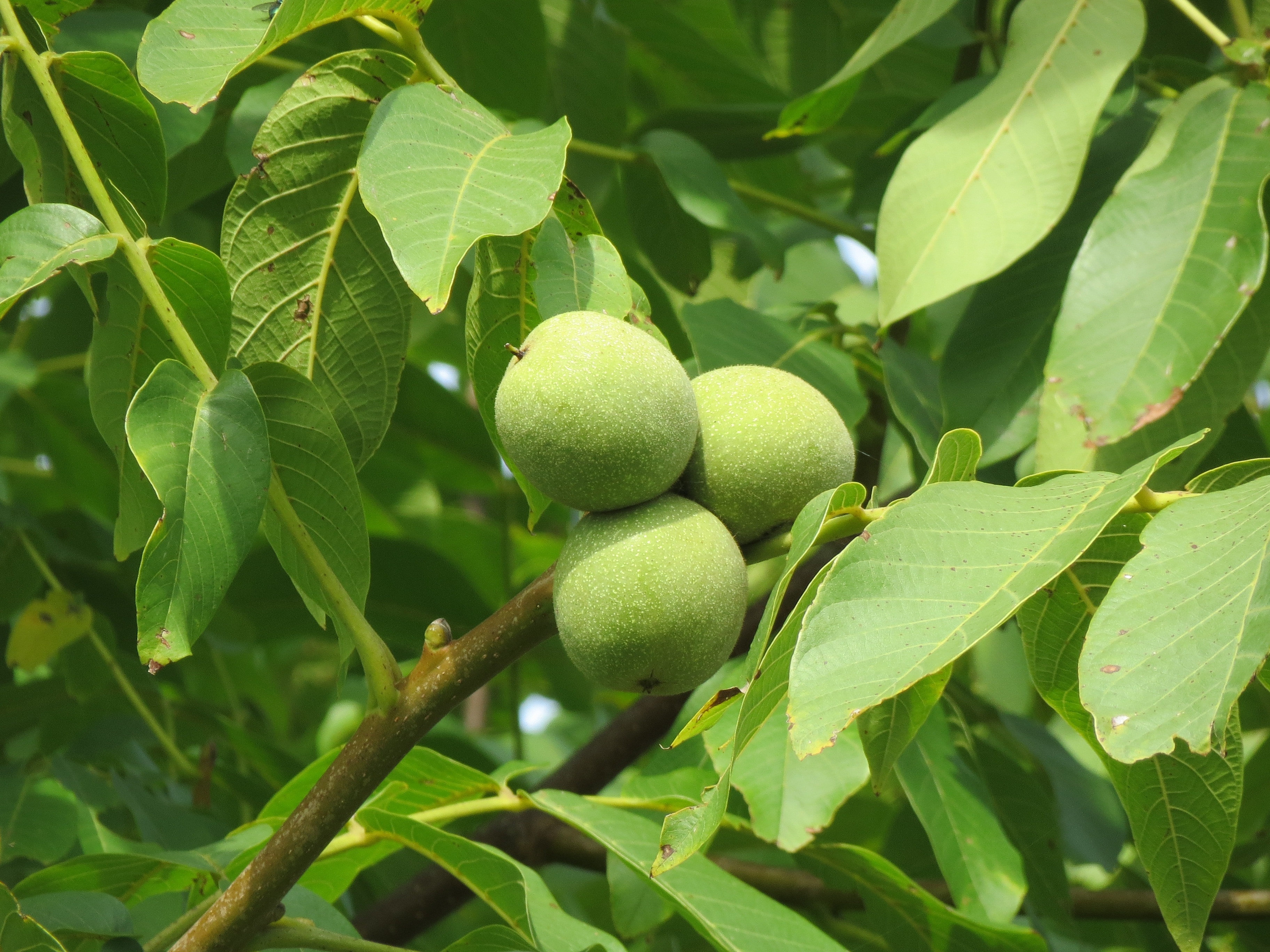
1536x864 wallpaper Persian Walnut, Juglans Regia, leaf, green color Peakpx
Juglans regia is a large deciduous tree, attaining heights of 25-35 metres (80-120 feet), and a trunk up to 2 m (6 ft) in diameter, commonly with a short trunk and broad crown. The bark is smooth, olive-brown when young and silvery-grey on older branches, and features scattered broad fissures with a rougher texture.

Walnut Leaf Juglans regia stock photo. Image of plants 125095094
deciduous tree, 40 to 60 feet tall, spreading, rounded crown gray and smooth bark, develops ridges with a diamond pattern odd-pinnately compound leaves 12 to 18 inches long with 5 to 11 oblong leaflets with a citrus fragrance when crushed male flowers are catkins and female flowers appear in clusters

Juglans regia (Nogal) Plants, Walnut tree, Medicinal plants
Effects of a hydroalcoholic extract of Juglans regia (walnut) leaves on blood glucose and major cardiovascular risk factors in type 2 diabetic patients: a double-blind, placebo-controlled clinical trial | BMC Complementary Medicine and Therapies | Full Text Research article Open access Published: 04 July 2018

English Black Walnut (Juglans regia) leaves, Netherlands Stock Photo Alamy
Tree profile name botanical: Juglans regia other name: Black Walnut family: Walnut family (Juglandaceae) species: deciduous tree height: 10 - 20 m (33 - 66 ft) leaf: The leaves of the Common walnut is imparipinnate with 7-9 single leaves. The leaflets are oblong ovate and up to 12 cm (4.7 in) long. the leaf margin is smooth. leaf shape:

Juglans regia leaf hires stock photography and images Alamy
Juglans regia Linn. is a valuable medicinal plant that possesses the therapeutic potential to treat a wide range of diseases in humans. It has been known to have significant nutritional and curative properties since ancient times, and almost all parts of this plant have been utilized to cure numerous fungal and bacterial disorders.